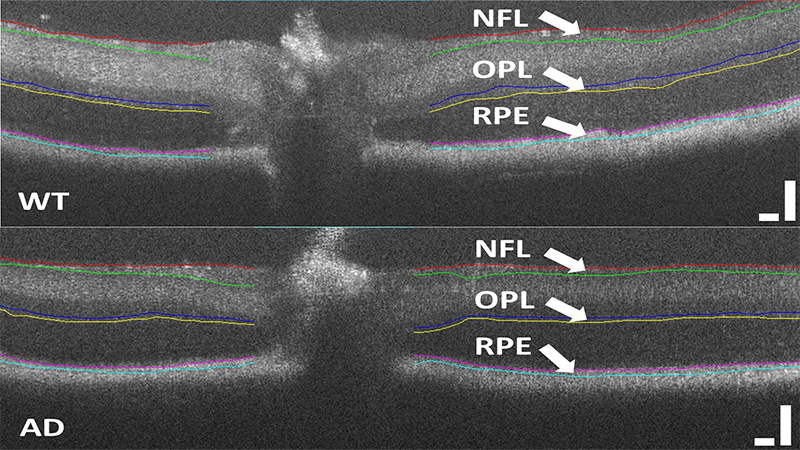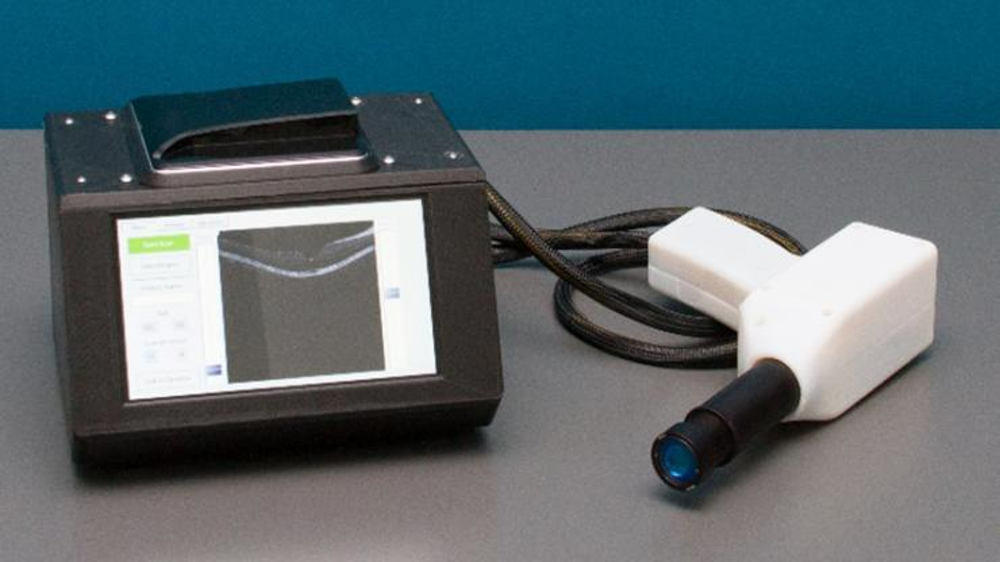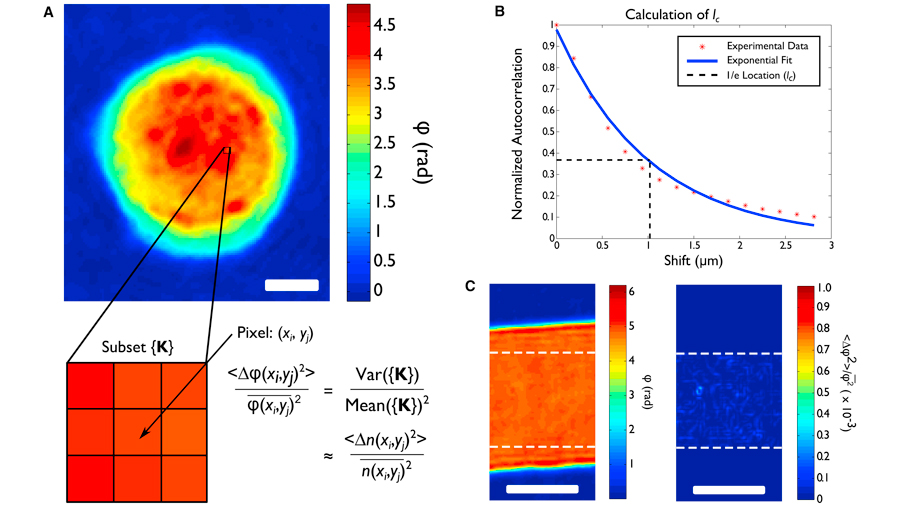Optical spectroscopy has long held great promise for biomedical diagnostics. When used to assess the health of the human body, optical techniques offer the advantages that they are non-invasive, non-ionizing and can be implemented by simple, cost-efficient means. Recently, light scattering methods have begun to realize this potential through application to the detection of pre-cancerous lesions. The basis of these methods is to detect altered cellular morphology associated with early cancer by observing variations in the interaction between light and cell organelles through the distribution of elastically scattered light.
The goal of our research is to develop new applications of interferometry for detecting light that has interacted with cells and tissues as a method of determining their structural and functional features with sub-wavelength resolution. Among compelling applications of this approach are its use for diagnosing disease based on measuring cellular morphology both in situ and in vitro and its use as a precision tool for cell biology experiments, leading to improved understanding of the basic functions of the cell and the origins of dysfunction due to disease.



